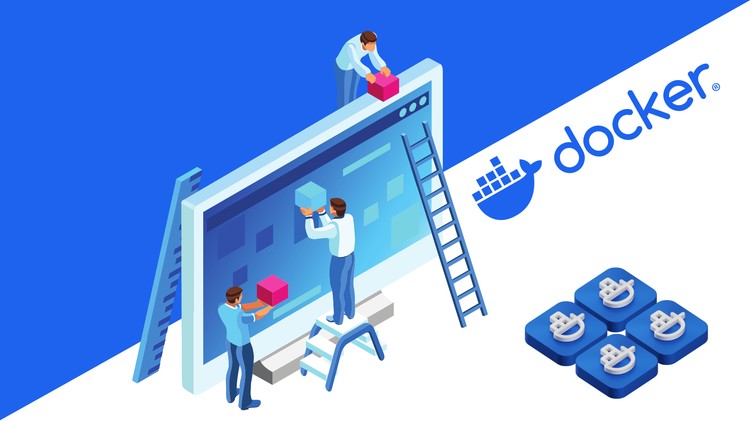Docker has revolutionized the way we develop, package, and ship applications. At the heart of this container magic is the Dockerfile—the blueprint for building Docker images. If you want to master Docker, you need to know how to write efficient and scalable Dockerfiles. Let’s dive deep into the best practices for crafting a Dockerfile that ensures optimized, lean, and maintainable container images.
1. Start with the Right Base Image
Your choice of base image sets the foundation for your container. The smaller the base, the lighter your resulting image will be. You have two main strategies here:
- Alpine Linux: A super lightweight image (~5 MB). It’s perfect for microservices or applications where minimal size is critical. However, note that Alpine uses
muslinstead ofglibc, so some libraries may require tweaking. - Official Language Images: For language-specific applications (Node.js, Python, Golang), official images are often preconfigured with necessary dependencies, saving you time. Opt for slim versions (like
python:3.9-slim) to avoid bloated images.
Example:
FROM python:3.9-slim2. Use Multi-stage Builds
Multi-stage builds are a game-changer for keeping Docker images lightweight and clean. You use multiple FROM statements in your Dockerfile, where the first few stages build the application, and the final stage only copies the necessary artifacts.
Why Multi-stage? This approach eliminates build-time dependencies, reducing your final image size dramatically.
Example:
# Build stage
FROM golang:1.17 as builder
WORKDIR /app
COPY . .
RUN go build -o myapp
# Production stage
FROM alpine:latest
WORKDIR /app
COPY --from=builder /app/myapp .
CMD ["./myapp"]In this example, the final image only contains the compiled Go binary and the Alpine base image—no Go SDK, no source files—just the essentials!
3. Leverage .dockerignoreJust like .gitignore, .dockerignore helps you exclude unnecessary files and directories from being added to your image. For example, why include your .git directory, local environment configs, or temporary files in your image?
This is an easy win for both performance and security.
Example .dockerignore file:
.git
node_modules
*.log
.env4. Minimize Layer Creation
Each line in a Dockerfile creates a new layer. Docker caches these layers, but too many layers can lead to performance hits and larger image sizes. Try to group related commands into a single RUN instruction.
Before:
RUN apt-get update
RUN apt-get install -y python3
RUN pip3 install -r requirements.txtAfter:
RUN apt-get update && apt-get install -y python3 && pip3 install -r requirements.txtThis approach reduces the number of layers and results in a more compact image.
5. Use COPY Instead of ADD
Both COPY and ADD let you move files into the image, but COPY is generally preferred because it’s more explicit and simpler. ADD has extra features like unpacking tarballs and fetching URLs, but this adds complexity. If you don’t need those extras, stick with COPY.
Example:
COPY ./source /app/source6. Use Minimal User Permissions
By default, Docker containers run as the root user, which can be a security risk. Always aim to run your applications as a non-root user.
Example:
# Create a non-root user
RUN groupadd -r appgroup && useradd -r -g appgroup appuser
USER appuser7. Optimize Caching
Docker caches layers to speed up subsequent builds. Structure your Dockerfile in a way that takes full advantage of this caching. Put frequently-changing layers (like source code) at the bottom and more static layers (like dependencies) at the top.
Example:
# Install dependencies first (less frequent changes)
COPY requirements.txt .
RUN pip install -r requirements.txt
# Copy application code (more frequent changes)
COPY . .With this approach, Docker only re-builds the later layers when code changes, speeding up the build process.
8. Clean Up After Yourself
Commands like apt-get install can leave behind unnecessary files like caches and package lists. Clean them up to reduce image size.
Example:
RUN apt-get update && apt-get install -y \
python3 \
&& apt-get clean && rm -rf /var/lib/apt/lists/*This keeps your image lean and avoids leftover cruft.
9. Label Your Images
Adding metadata using LABEL makes your Docker images more manageable, especially in large environments. Use labels for versioning, authorship, and other useful metadata.
Example:
LABEL maintainer="[email protected]"
LABEL version="1.0.0"
LABEL description="My Python App"10. Test Locally Before Pushing
Always test your Docker builds locally before pushing them to a registry or deploying to production. Use docker build and docker run to verify that your image is working as expected.
docker build -t myapp .
docker run --rm -p 8080:8080 myappFinal Thoughts:
Writing a Dockerfile that’s both efficient and scalable doesn’t have to be daunting. By focusing on best practices like using multi-stage builds, minimizing layers, and optimizing caching, you can build images that are not only lightweight but also fast to deploy and easy to maintain. As you continue to build Dockerfiles, you’ll develop your own strategies for balancing image size, build speed, and functionality.
Remember: the goal is to create Docker images that scale with your application while maintaining performance and security. Keep experimenting, keep optimizing, and most importantly—keep shipping!
That’s it! Now, it’s time to go and try these practices out in your next Docker project. Let me know how it goes, or if you have any more tips to add. Happy containerizing! 🚀
